Growing Awareness of Fire Hazards
The Flame Retardants Market is also driven by the growing awareness of fire hazards among consumers and businesses. High-profile fire incidents have heightened public consciousness regarding fire safety, prompting industries to adopt flame retardant solutions proactively. This awareness is particularly pronounced in sectors such as textiles, automotive, and electronics, where the risk of fire can have catastrophic consequences. As a result, manufacturers are increasingly incorporating flame retardants into their products to enhance safety and meet consumer expectations. The market is projected to expand as companies respond to this heightened awareness, with estimates indicating a potential increase in demand by 7% over the next few years.
Increasing Fire Safety Regulations
The Flame Retardants Market is experiencing a surge in demand due to the implementation of stringent fire safety regulations across various sectors. Governments and regulatory bodies are increasingly mandating the use of flame retardants in construction materials, textiles, and electronics to enhance fire safety standards. For instance, the National Fire Protection Association has established codes that require the incorporation of flame retardant materials in residential and commercial buildings. This regulatory push is expected to drive the market, as manufacturers seek to comply with these standards. The market for flame retardants is projected to grow at a compound annual growth rate of approximately 5.5% over the next few years, reflecting the heightened focus on safety and compliance in various industries.
Expansion of the Electronics Industry
The Flame Retardants Market is experiencing growth due to the expansion of the electronics industry, which increasingly relies on flame retardant materials for safety and compliance. As electronic devices become more compact and powerful, the risk of overheating and fire hazards escalates. Consequently, manufacturers are incorporating flame retardants into circuit boards, casings, and other components to mitigate these risks. The electronics sector is anticipated to grow at a rate of approximately 8% annually, driven by technological advancements and consumer demand for safer products. This trend is likely to bolster the Flame Retardants Market, as companies seek to enhance the safety profiles of their electronic offerings.
Rising Demand from the Construction Sector
The Flame Retardants Market is significantly influenced by the rising demand from the construction sector. As urbanization accelerates, the need for fire-resistant materials in buildings has become paramount. Flame retardants are increasingly being integrated into insulation materials, coatings, and structural components to mitigate fire risks. The construction industry is projected to witness substantial growth, with estimates suggesting an increase in market size by over 10% in the next five years. This trend is driven by both safety concerns and the desire for sustainable building practices. Consequently, manufacturers are innovating to develop new flame retardant formulations that meet the evolving needs of the construction sector, thereby propelling the Flame Retardants Market.
Technological Innovations in Flame Retardants
The Flame Retardants Market is benefiting from ongoing technological innovations that enhance the performance and effectiveness of flame retardants. Research and development efforts are focused on creating new formulations that offer improved fire resistance while minimizing environmental impact. For example, advancements in polymer chemistry have led to the development of halogen-free flame retardants, which are gaining traction due to their lower toxicity. The market is expected to see a shift towards these innovative products, as consumers and manufacturers alike prioritize safety and sustainability. This trend is likely to contribute to a market growth rate of around 6% annually, as companies invest in research to meet the demands of various industries.
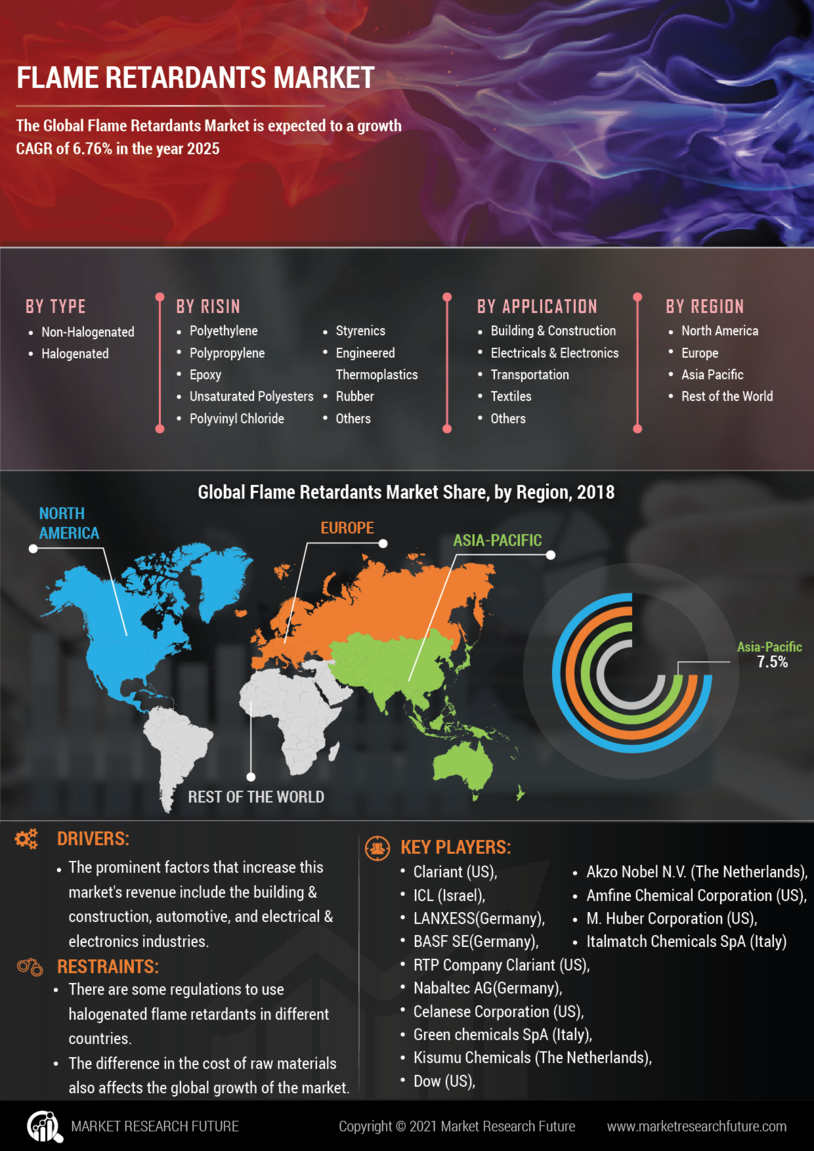

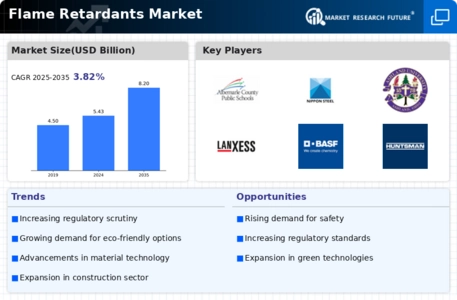
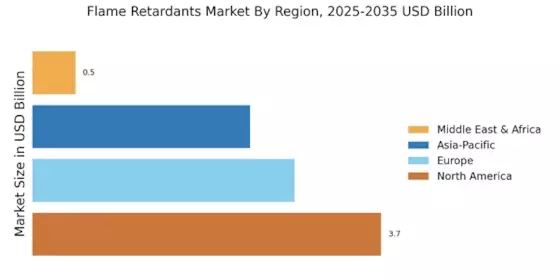

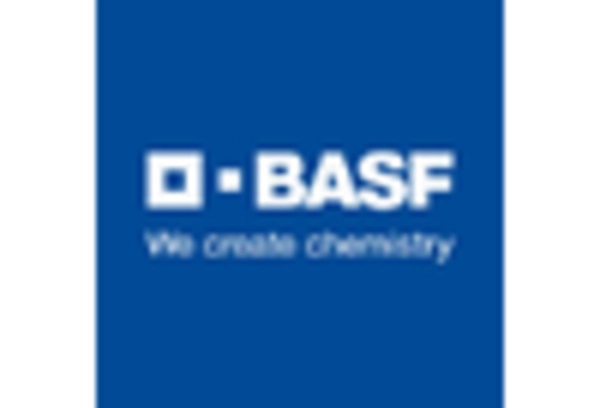
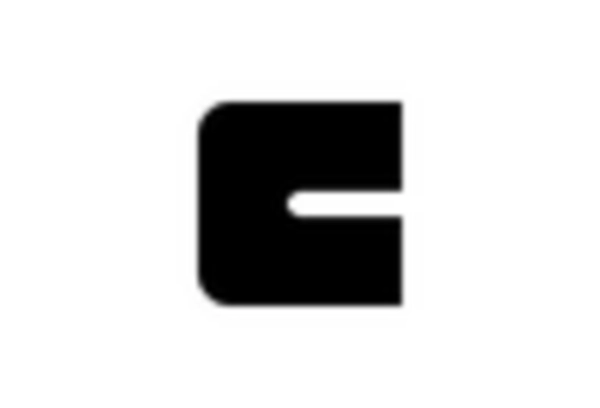
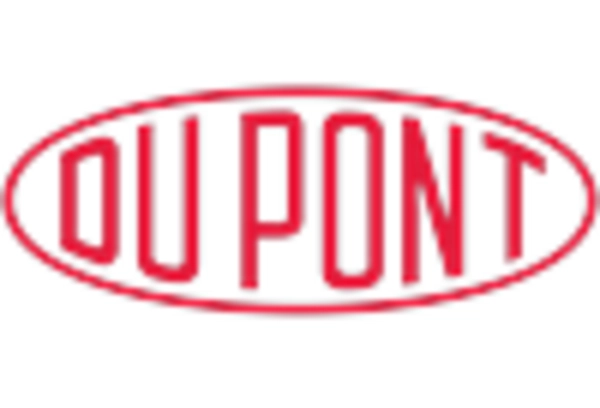
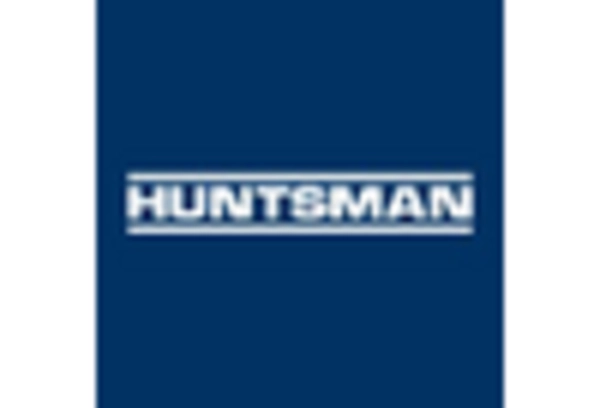









Leave a Comment